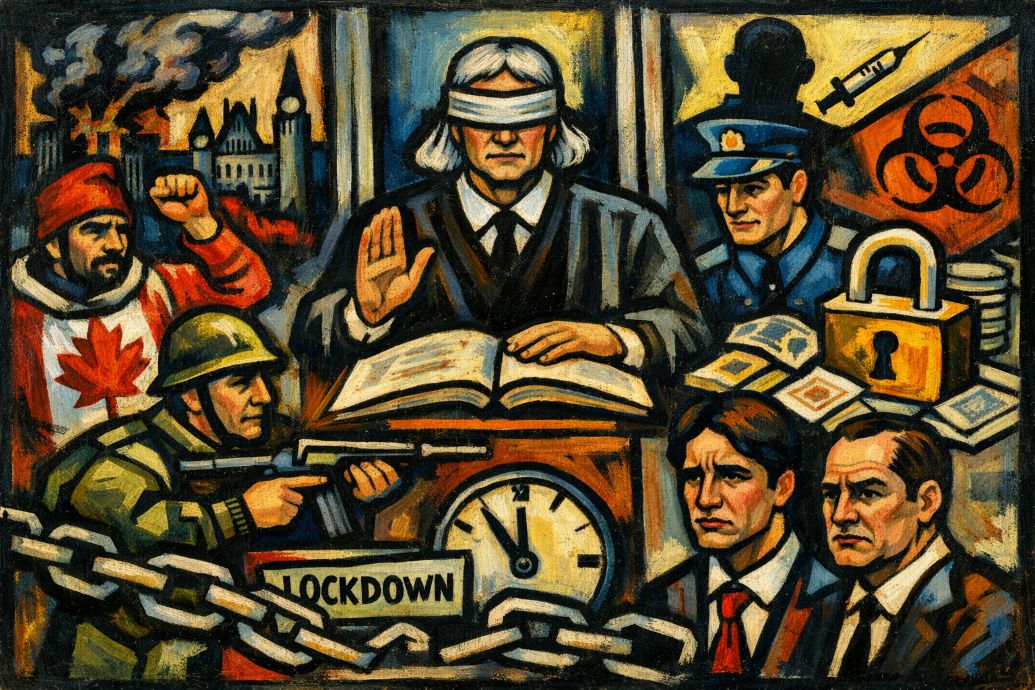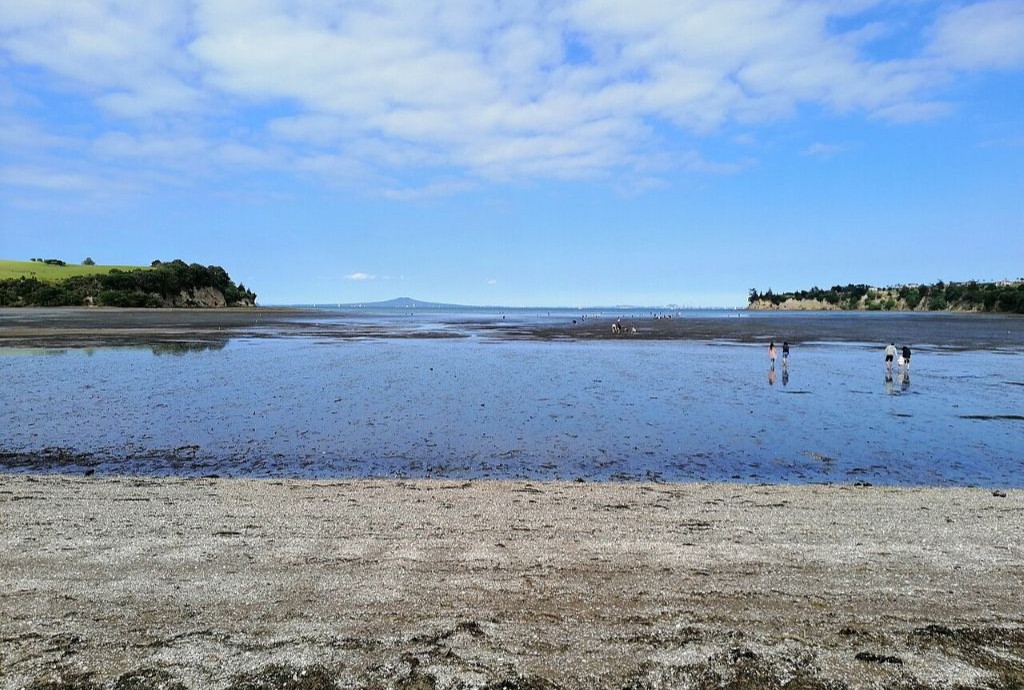Table of Contents
5th June 2021
The latest information coming from people in Nay Pyi Taw is that the Senior General Min Aung Hlaing is under severe pressure from his colleagues in the higher echelons of the Tatmadaw. There are whispers of his being replaced because of incompetence, both in the mismanagement of the economy and the fact that protests, far from being closed down promptly are now developing into serious resistance. There is armed resistance in areas such as Chin state that were relatively untouched by EAOs in the past. The problem with this is, and I know it is hard to believe, any replacement is likely to be even more brutal than General Min Aung Hlaing.
An indication of how deep in trouble he is was his admission to making mistakes in an interview with Hong Kong-based Chinese language broadcaster Phoenix Television on May 20.
The leader of Myanmar’s military coup admits he didn’t expect to see huge popular opposition to his rule and acknowledged that more than three months after the takeover his regime still could not fully control the country.
The candid confessions by Senior General Min Aung Hlaing came during an interview with Hong Kong-based Chinese language broadcaster Phoenix Television on May 20. It was aired on the military-owned Myawady TV in Myanmar on Thursday night.
Following the coup, hundreds of thousands of Myanmar people from all walks of life peacefully took to the streets across the country to show their opposition to the takeover. They questioned Min Aung Hlaing’s claims by shouting slogans like “Respect Our Votes,” while others called for the release of Daw Aung San Suu Kyi and the President U Win Myint. Both had been arrested at the time of the takeover and are now facing multiple charges filed by the regime. What the protesters across the country had in common was their opposition against military rule.
In addition to the street protests, civil servants from health, education, transportation and other sectors boycotted the regime, vowing that they would be only back to work when the elected government was in power. The civil disobedience movement (CDM) paralyzed the junta and its administration has struggled to cope. Now, more than four months on, the regime is still feeling the heat.
When asked by the Phoenix interviewer if he expected such kind of resistance, Min Aung Hlaing replied: “I have to say I didn’t think it would be that much.”
That is either supreme arrogance or a demonstration of just how much out of touch the Tatmadaw was. They hadn’t realised how much society had changed since the last clampdown.
He said he considered the protests to be an emotional reaction, saying that his claims of voter fraud would anger NLD voters. He also claimed that some of those protesting were dishonest individuals who feared they could face legal charges He didn’t elaborate who the dishonest people might be or what they might have done wrong. But given his claims of vote riggings, it may be likely that he was referring to some NLD members and any role they could have played in alleged voting fraud.
Caught off guard by the intensity of the protests, the regime responded brutally by shooting down protesters in the streets, while also conducting raids on homes and mass arrests. The killing spree was in its high gear in March and April.
Despite the regime’s use of lethal force, the resistance did not wane. Instead, many took up to arms, mostly rudimentary hunting rifles, while some young people sought military training with ethnic armed groups, hoping to join the People’s Defence Force, an armed wing by Myanmar’s parallel National Unity Government (NUG).
As a result, Myanmar has now seen bombings targeting the junta’s administrative machinery and deadly armed attacks on the regime soldiers and police in urban areas. In the country’s north and south, local ethnic armed groups who are not happy with the coup launched a series of deadly offensive attacks on regime troops. Guerrilla attacks by local civilian resistance groups in the country’s northwestern and southeastern regions have given the regime troops there deadly blows as well.
Reflecting on the fact that the current crisis has stretched more than three months (at the time of the interview) since the coup, the Phoenix interviewer asked whether the current situation in Myanmar is now under control, the coup leader said not at all.
“I can’t say they are now 100 percent under control. There are still some destructive activities in some areas,” he said.
As to the protest-related death tolls, the coup leader rejected the widely cited number of more than 700 (at the time of the interview in May), saying that figure is inflated.
“The actual number is around 300,” he said, claiming the deaths were the result of protesters turning to violence. He added, “There will be some casualties when necessary responses are made.”
The actual number of deaths at the hands of the regime since the coup is 845 as of Thursday, according to the Assistance Association for Political Prisoners-Burma (AAPP), an activist group monitoring arrests and fatalities committed by the regime.
Source The Irrawaddy 4th June 2021.
He really has misread the situation, but he has cost many lives and livelihoods. The internal rumblings in the Tatmadaw continue.
Meanwhile, up in Chin state, the locals are using primitive weapons and traditional hunting skills, combined with intimate knowledge of the jungles to inflict major casualties on the Junta.

Members of the Chinland Defence Force (CDF), based in the poorest of Myanmar’s 14 states and regions, have squared off with troops loyal to the regime since late April in response to brutal military repression of peaceful protests that erupted soon after the Feb. 1 coup d’état that toppled national leader Aung San Suu Kyi’s civilian government.
The network of ragtag fighters has reported killing some 100 junta soldiers and torching at least 10 military vehicles since then, shocking observers with their record of success against Southeast Asia’s second largest army using only slingshots and the same crude flintlock “Tumee” rifles their forefathers used to fight off British colonizers in the 1880s.
“Our people became outraged and now they have exploded. We began gathering guns as soon as we heard about the shooting and killing of protesters in lower Myanmar … and we intend to fight back if they start doing the same in Chin state,” he added.
“I have seen the people in lower Myanmar fighting back using catapults and other small guns. We will not remain quiet as we have Tumee rifles in almost every household in Chin state.”

Rifle traditions
The British empire granted the Chin the right to use Tumee rifles for hunting bears, wild boars, deer, tigers and other wildlife during its 1824-1948 colonial rule of Myanmar, then called Burma.
The rifles, which traditionally used gunpowder produced from animal dung and the leaves of toxic plants, were meticulously maintained and duplicated through the years, and eventually used to resist British rule during the First and Second World Wars.
While Tumee rifles are found in most Chin households, few are registered with the government. The more modern versions are powered with ammunition produced with materials easily found in the marketplace.
With a range of between 50 and 100 feet, the weapons are reloaded by filling the barrel with gunpowder—a process that can take around three minutes.
“All of them are hunters, so they don’t need any military training,” he said. “They know these mountains and jungles. They can navigate well. They go straight to where the gunfire comes from and can easily shoot everyone who is wearing a uniform.”
Source Radio Free Asia 4th June 2021.
Whilst the Chin won’t defeat the Tatmadaw, it shows what damage can be inflicted by locals with specialist knowledge and determination. They are extremely skilled in their own environment and will continue to cause damage and put pressure on the military’s morale.
Please share this article so that others can discover The BFD









